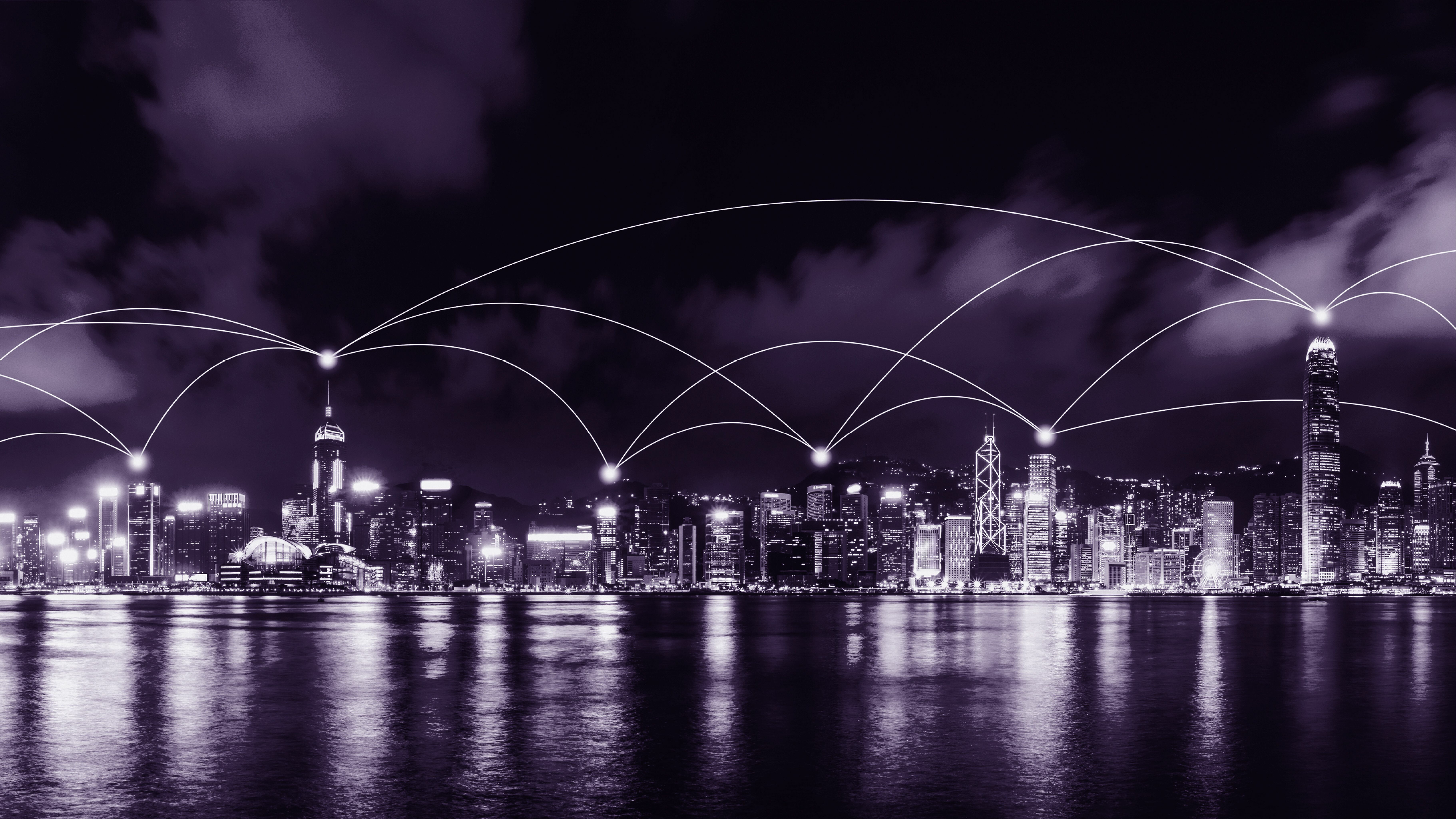16 Jun 2021 | Industry Insights
How PropTech solutions can reduce costs

As energy prices continue to soar at a substantial rate, they are proving to be a real problem for global firms, especially as we look to achieve Net Zero by 2050.
One solution to the problem is the rise of PropTech, a widely used term representing ‘property technology’. It is transforming the way in which we manage our buildings, most notably commercial buildings because of their tendency to expend more energy than that of a residential property.
A growing need for PropTech solutions
The majority of energy is consumed in office space and buildings account for roughly 40% of global energy consumption. An even scarier statistic is that 60% of the buildings in the world’s fastest-growing cities by 2050 have not even been built yet. This clearly highlights a need for PropTech solutions as energy consumption and its associated costs are expected to increase exponentially.
Within industry, the working office is known for its inefficient use of energy and wastes millions of hours of usage which, in turn, escalates operational costs. It is vital to create an environment that allows for the monitoring of energy consumption in buildings as we cannot manage what we cannot measure. PropTech provides an answer to this problem - it has been instrumental in the development of green buildings that minimise the consumption of energy as well as reducing overall costs.
A win-win situation
Employing PropTech solutions in the form of a digital twin enables companies to cut costs and promote sustainability, which is great for the company’s brand.
PropTech in smart buildings
Playing a key role in the operation of a smart building, PropTech solutions like Twinview use A.I. to offer the ability to automate certain elements of a building’s operations that include lighting, heating and security. Smart buildings are known for their ability to increase efficiency whilst also minimising energy waste, without impeding on occupier experience.
PropTech has also led to the emergence of the ‘smart city’. The concept refers to urban development that integrates information and communication technology with IoT solutions that enable those in power to manage a city’s assets.
How does this link to digital twins?
A digital twin is one of the most prominent forms of property technology. For example, the Twinview digital twin connects your building systems’ data to a 3D model that can be viewed on a single dashboard. By using IoT and sensors, it displays valuable data that can help a business to make better decisions around energy consumption and other operational costs.
The use of sophisticated artificial intelligence and machine learning means Twinview can identify trends around energy patterns as well as being able to pinpoint when an asset is due for repair, not when it is about to break. This in turn minimises downtime and provides a more positive occupier experience.
Having the ability to measure energy consumption means we can have a better chance of managing it.
Move closer to Net Zero with Twinview. Book a demo now.
Related insights

Case Studies
Enhancing Healthcare Environments Through Intelligent Space Optimisation: Twinview at Eastbourne District General Hospital
East Sussex Healthcare NHS Trust is enhancing the way space is managed at Eastbourne District General Hospital with Twinview’s digital twin technology. By enabling real-time visibility of room occupancy and usage across clinical and office areas, Twinview provides a clear picture of how spaces perform throughout the day. Hospital teams can move from assumption-based planning to data-driven decision-making, improving scheduling, reducing downtime and making more flexible use of rooms. This smarter approach supports greater operational efficiency and helps ensure that every space is working to benefit both patients and staff.
Read more

Industry Insights
Data Centres: The Hidden Cost of the Cloud
As the cloud expands, so does its unseen demand for water. Data centres worldwide are consuming vast volumes to keep servers cool, creating growing environmental and reputational risks. This article explores how water is becoming the next frontier in data-centre sustainability, and how Twinview’s digital-twin technology is helping operators measure, manage and reduce their impact.
Read more

Industry Insights
Can Digital Twins Help Us Design Buildings That Bring People Together?
Loneliness is increasingly recognised as a public health issue, and the built environment has a role to play in addressing it. A well-designed building can meet every technical standard yet still leave people feeling isolated. Homes, workplaces, campuses and later-living communities often fall short not because they lack function, but because they lack connection. Architects and planners are beginning to ask a deeper question: how can buildings help people feel less alone? This isn’t about surveillance. It’s about feedback, helping designers and operators refine buildings after handover to better support wellbeing and social interaction. Technology won’t solve loneliness on its own, but used responsibly, digital twins like Twinview can guide the creation of buildings that feel more human.
Read more

